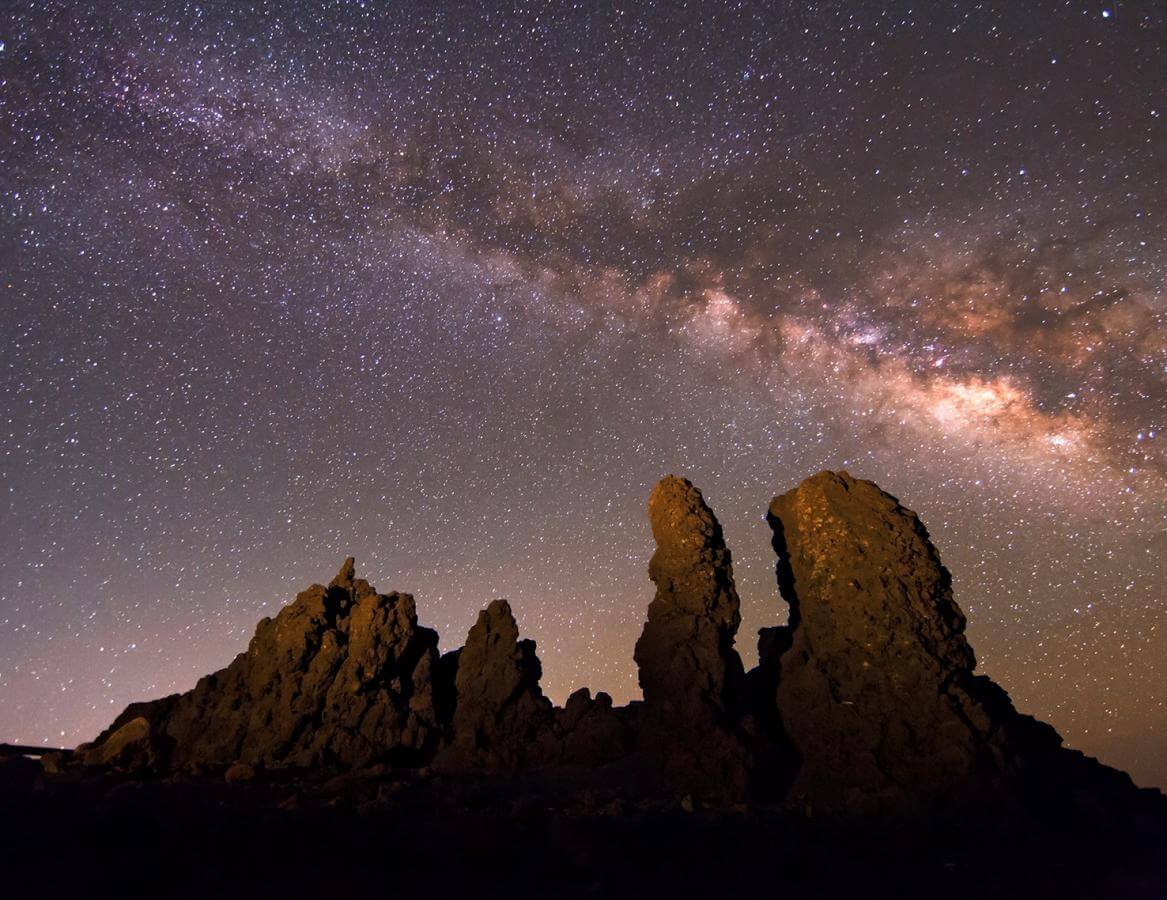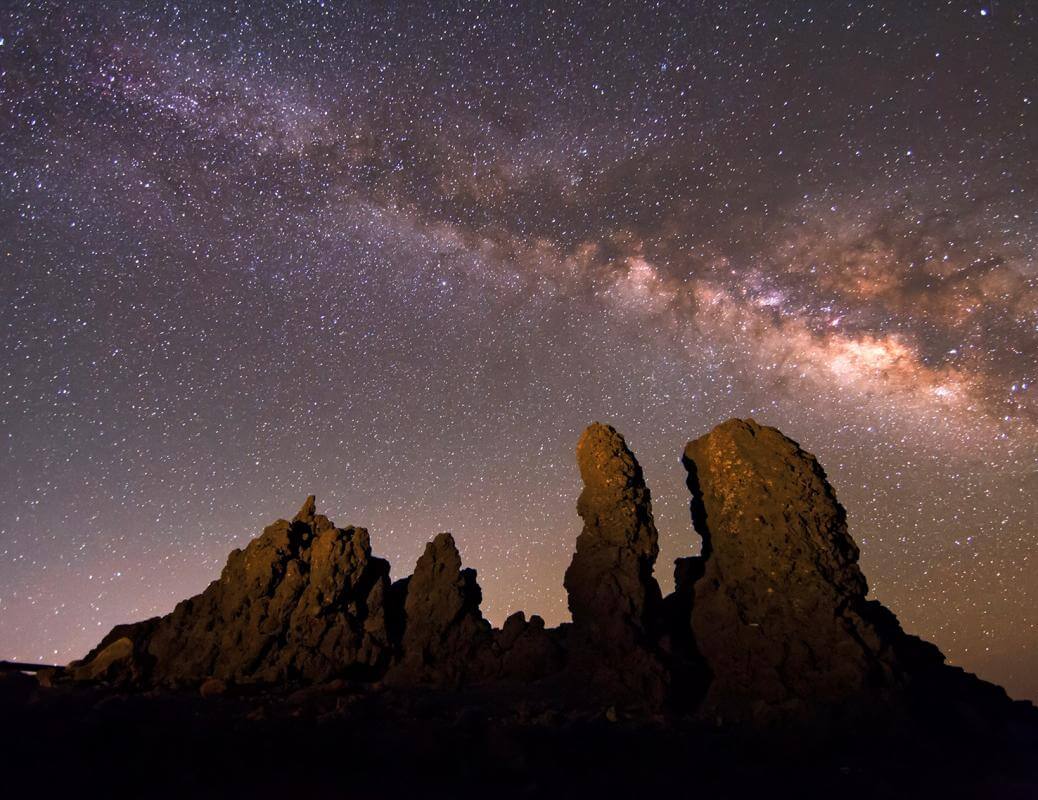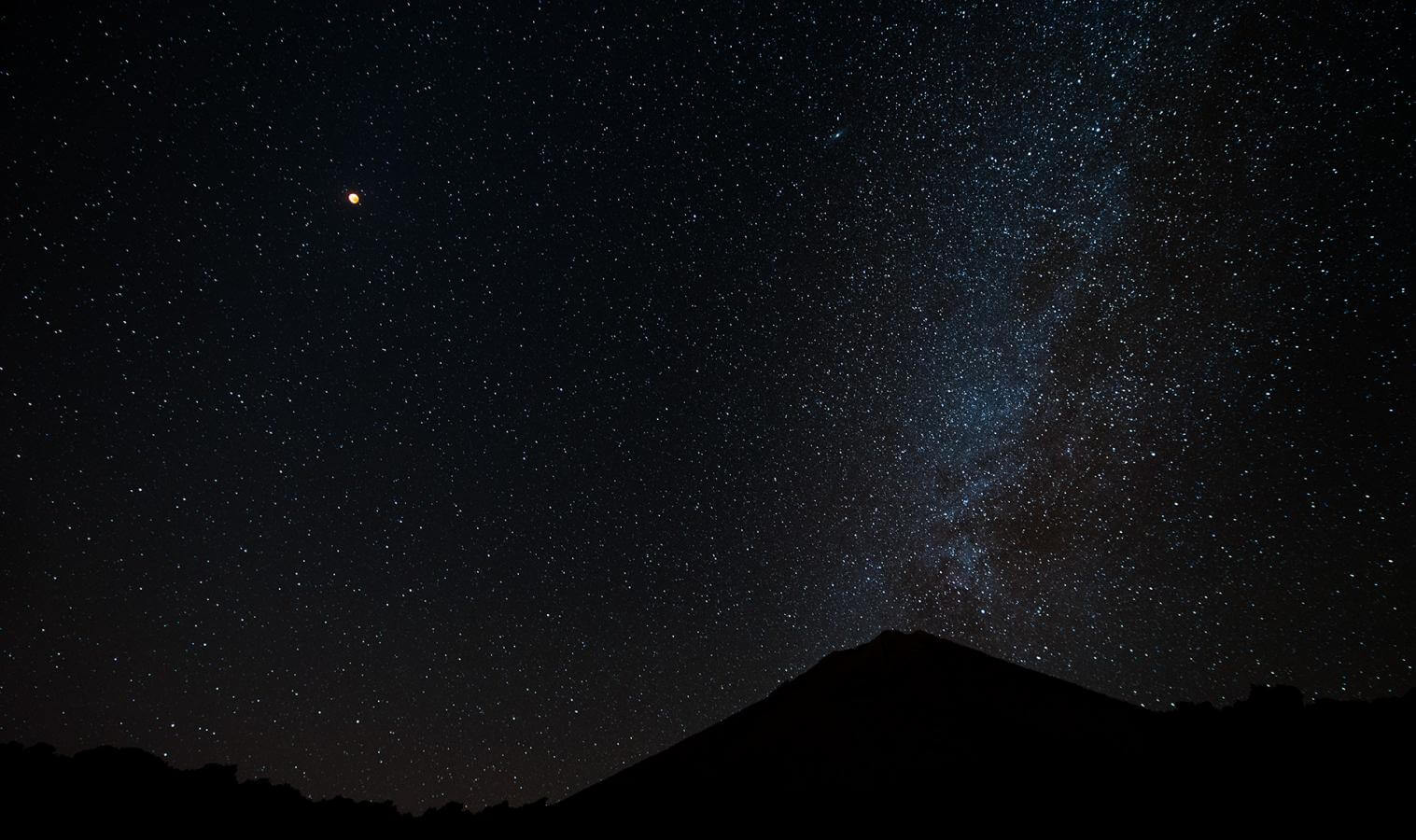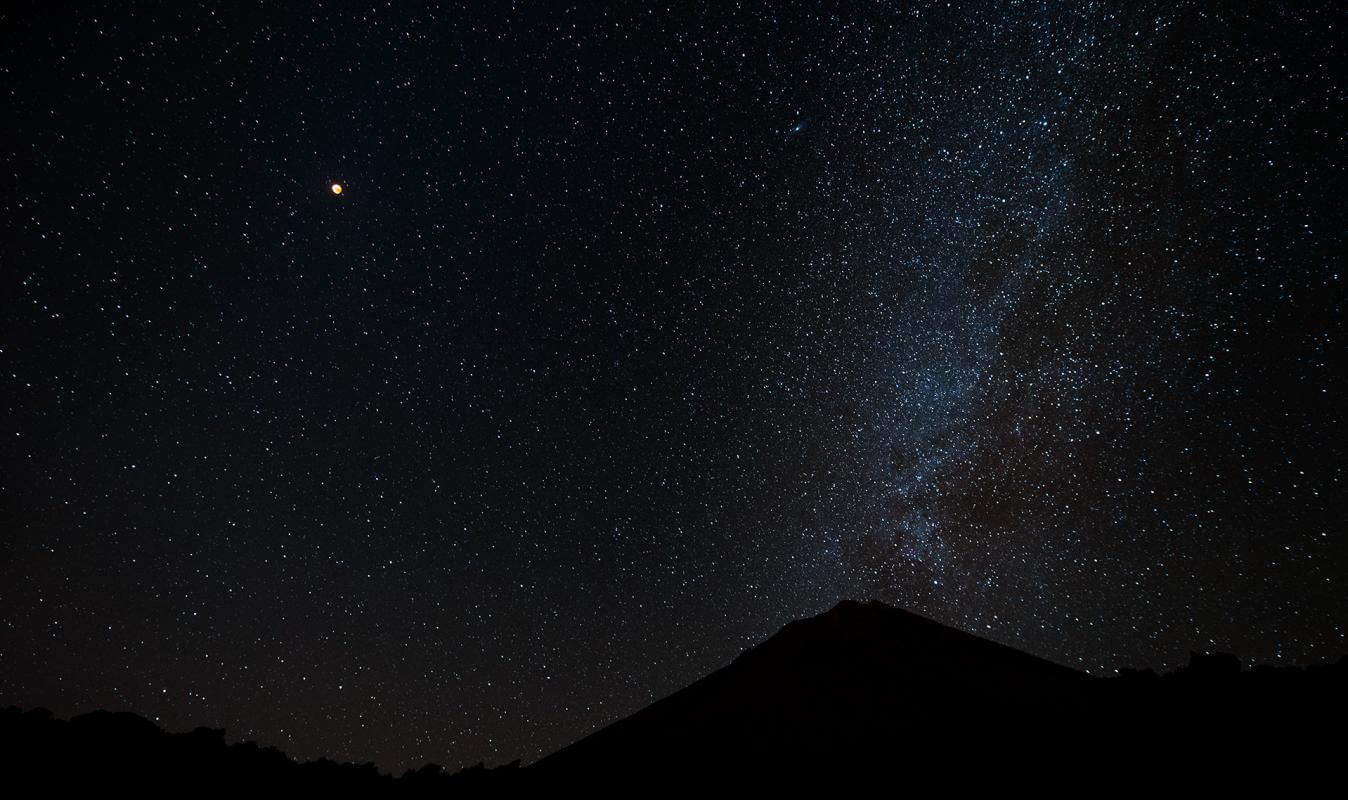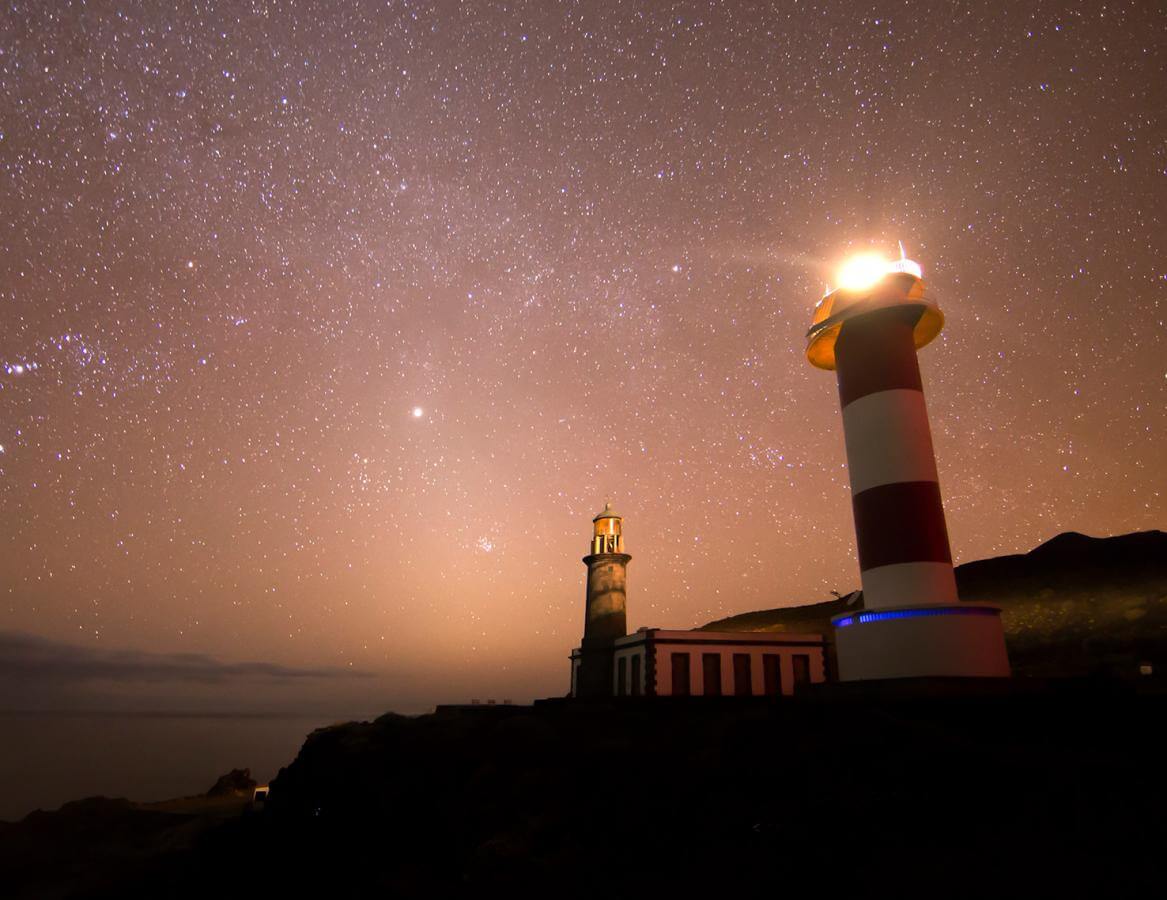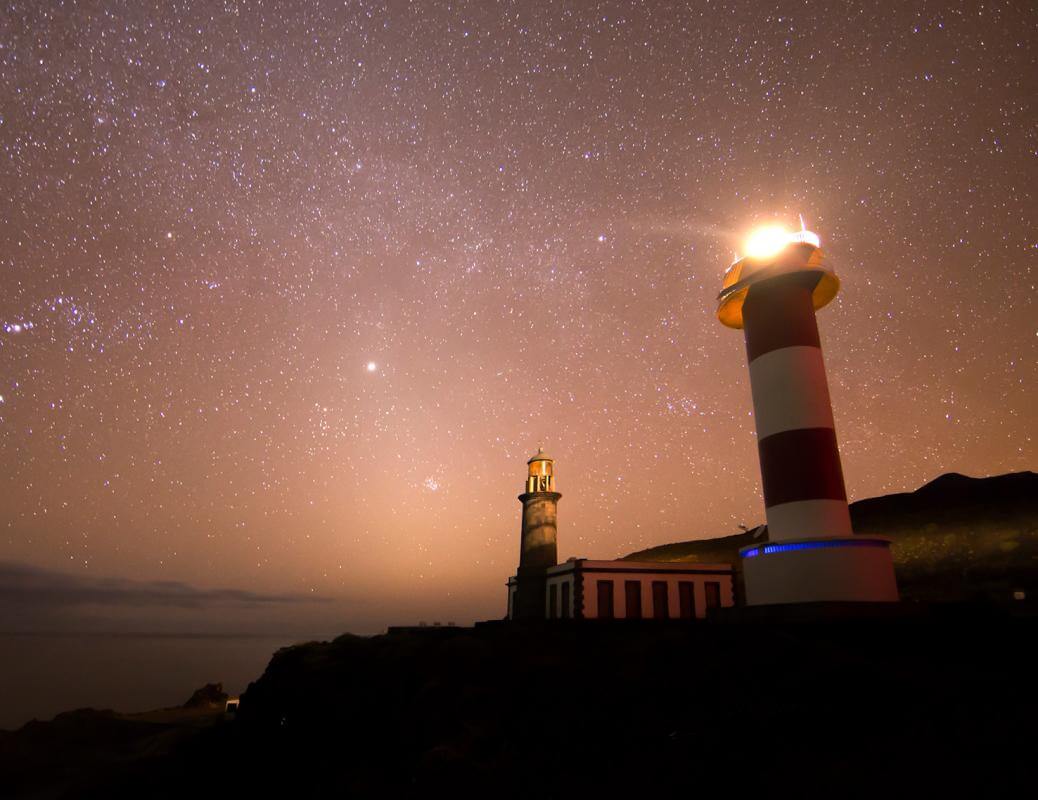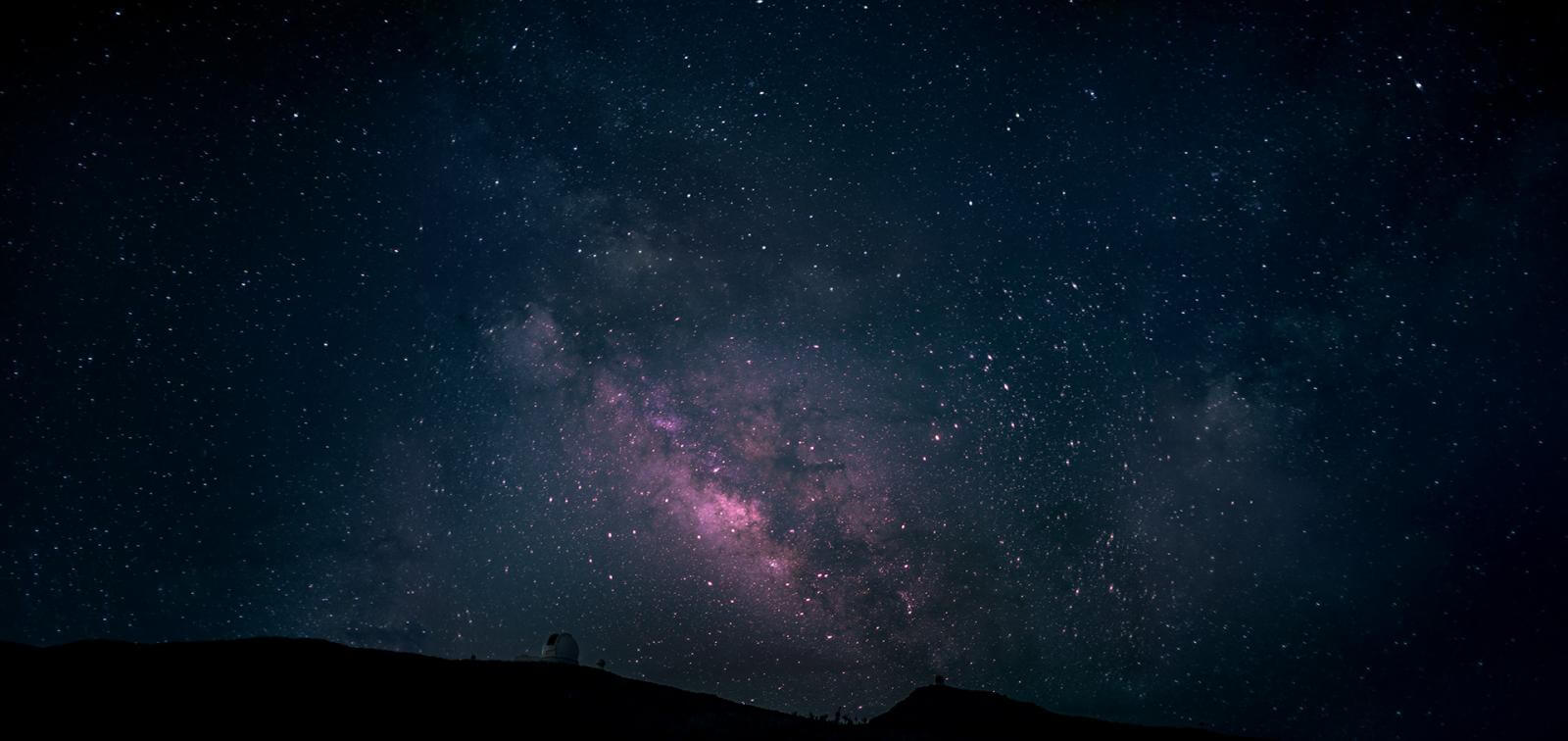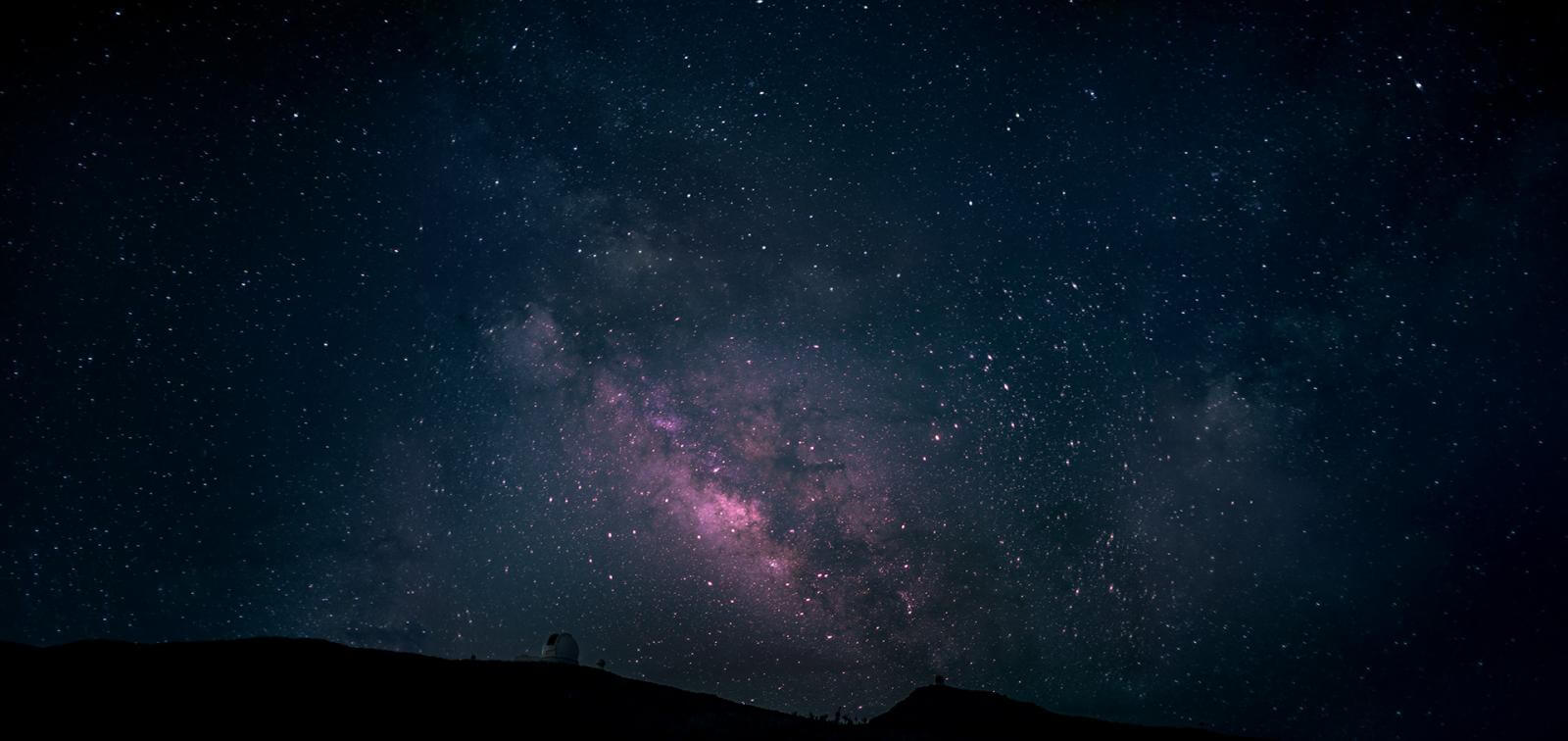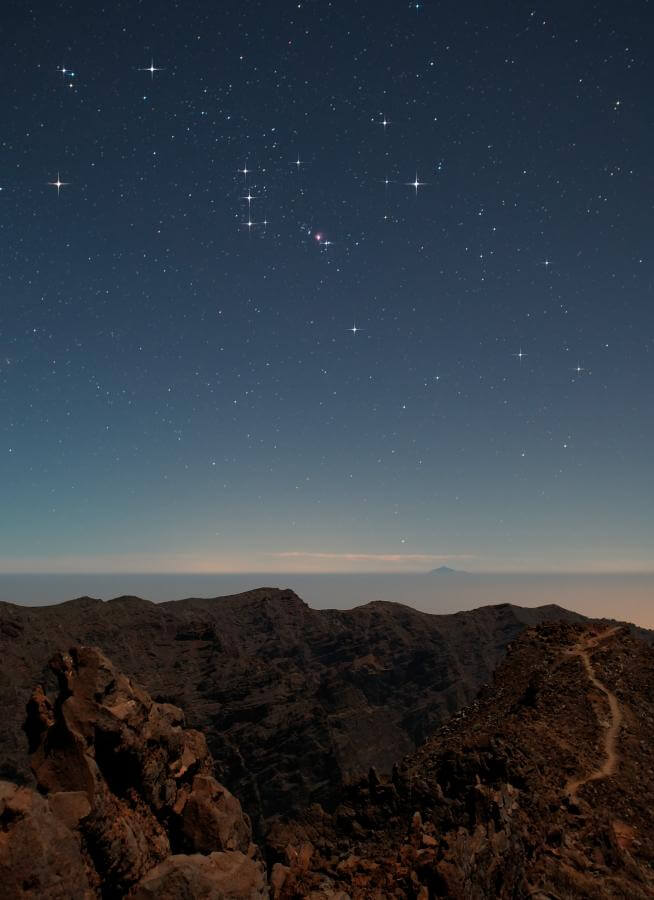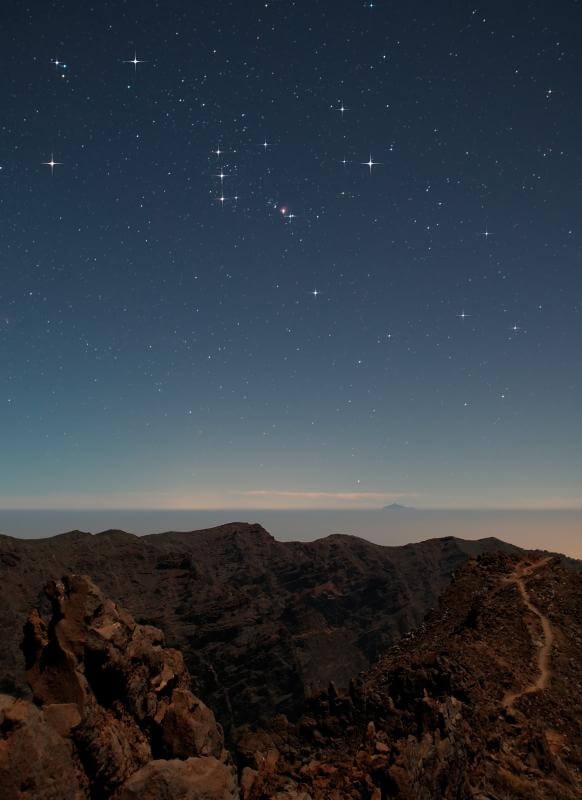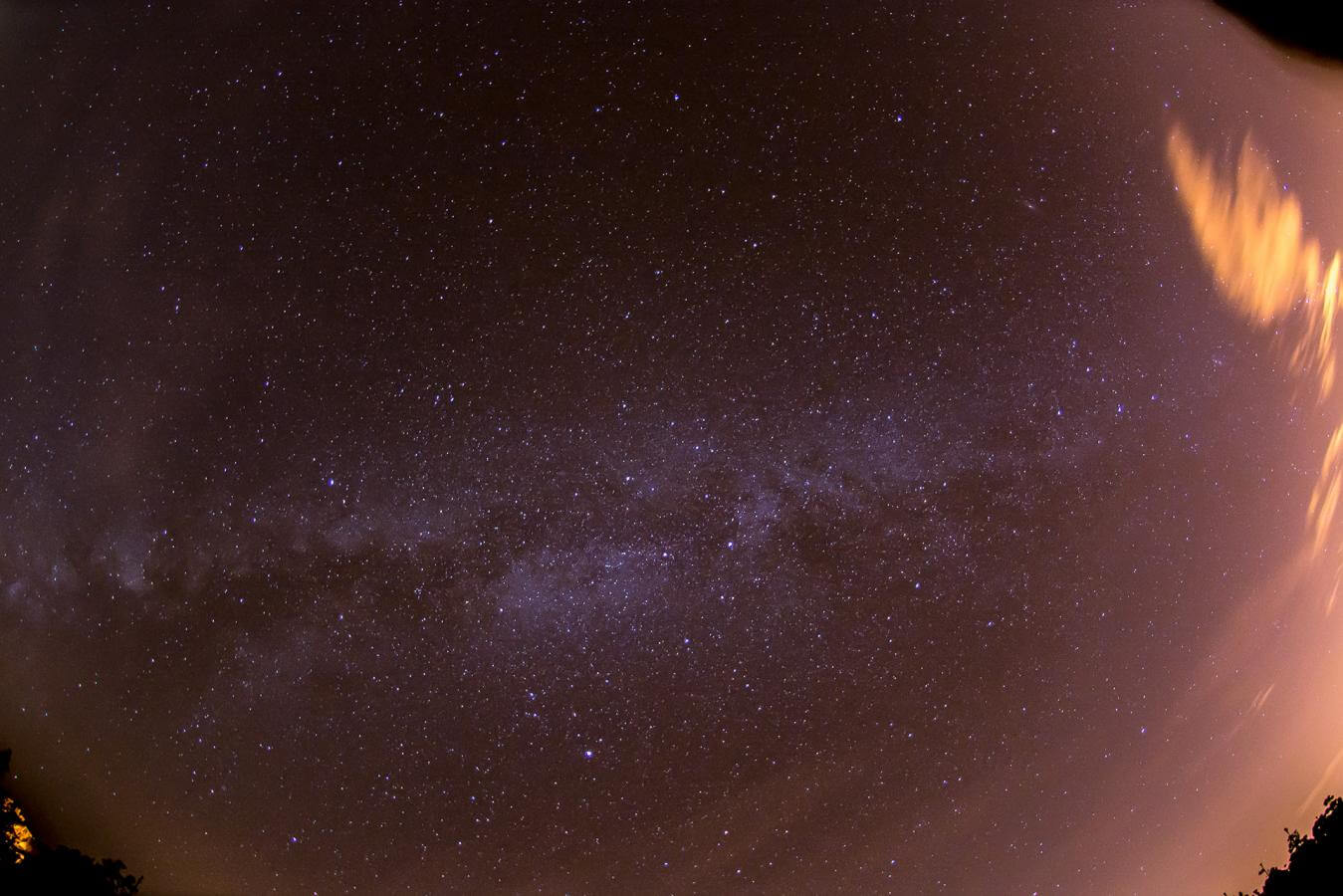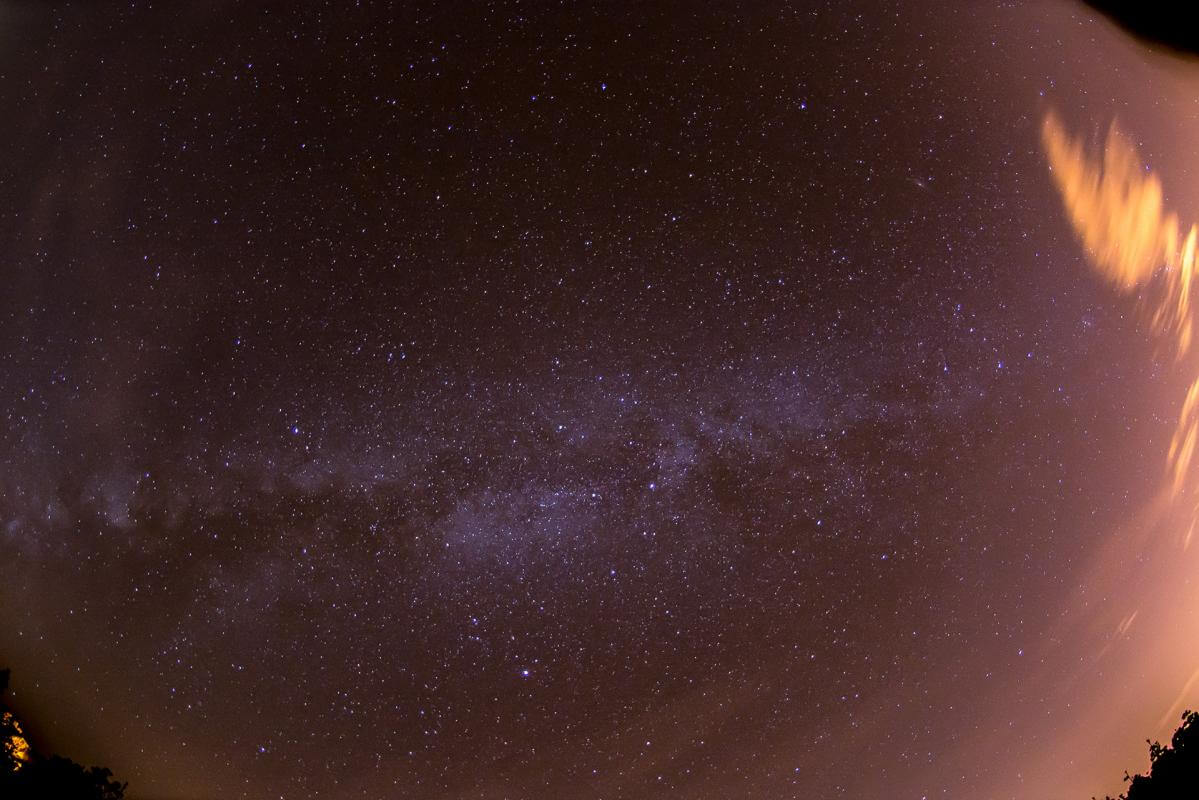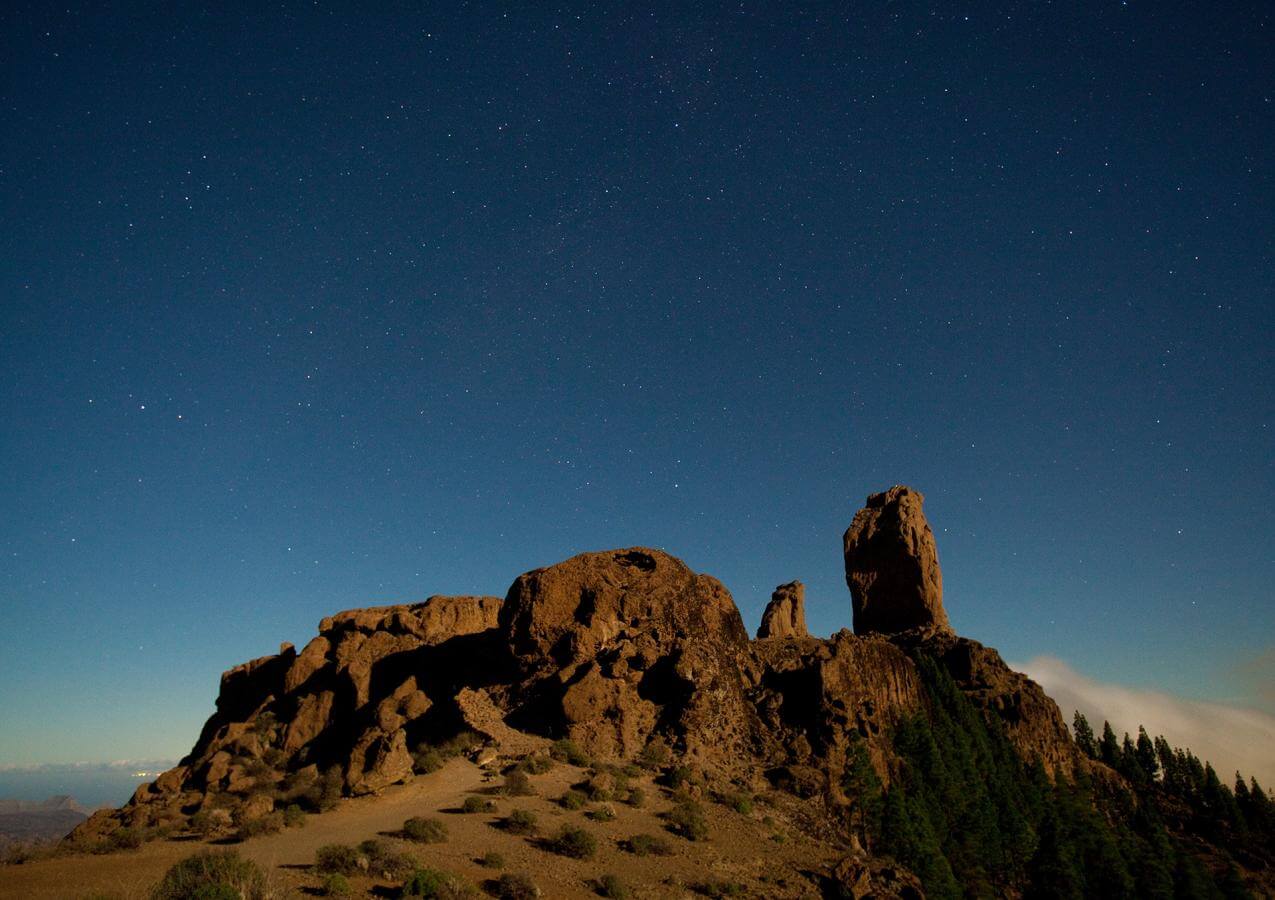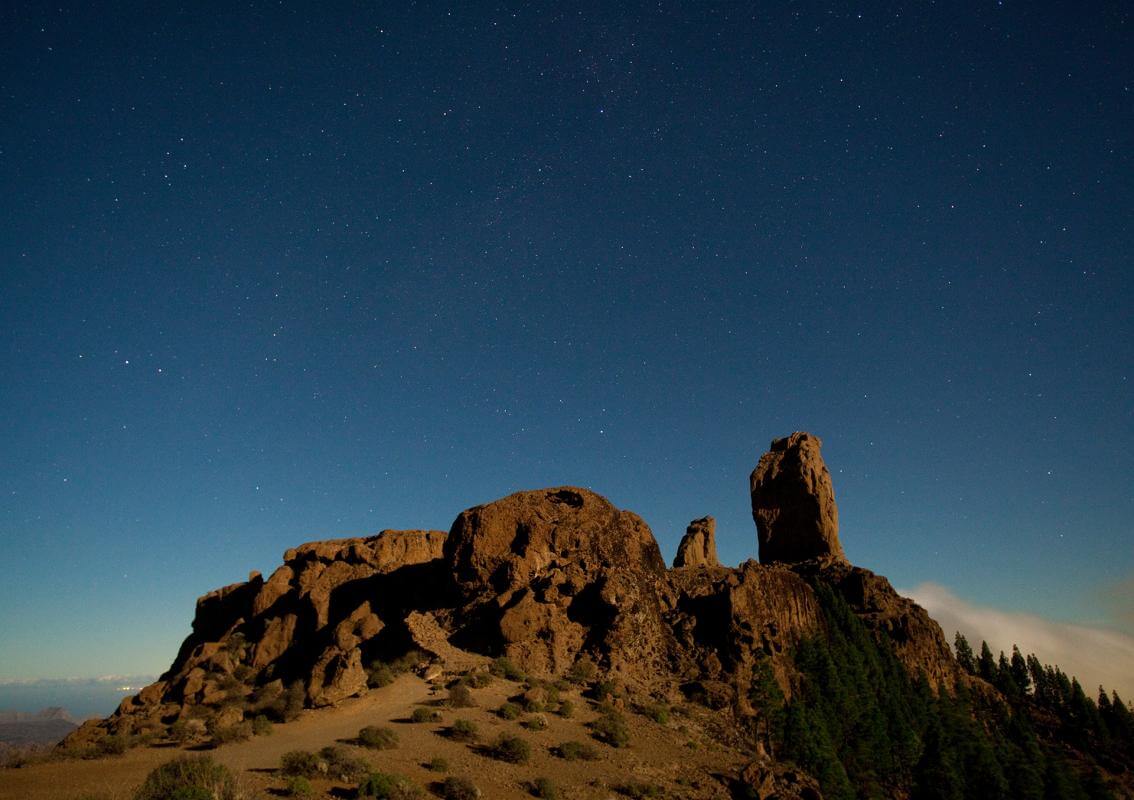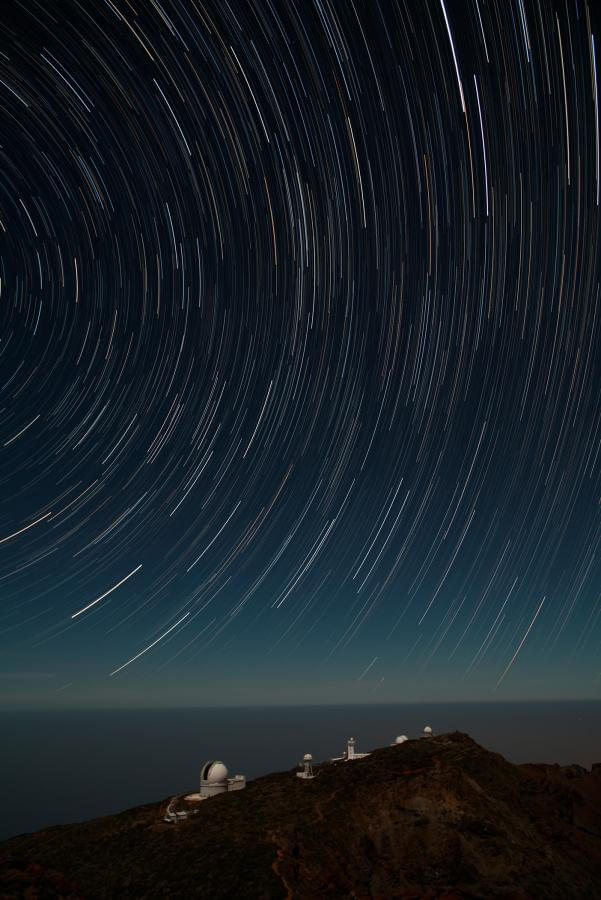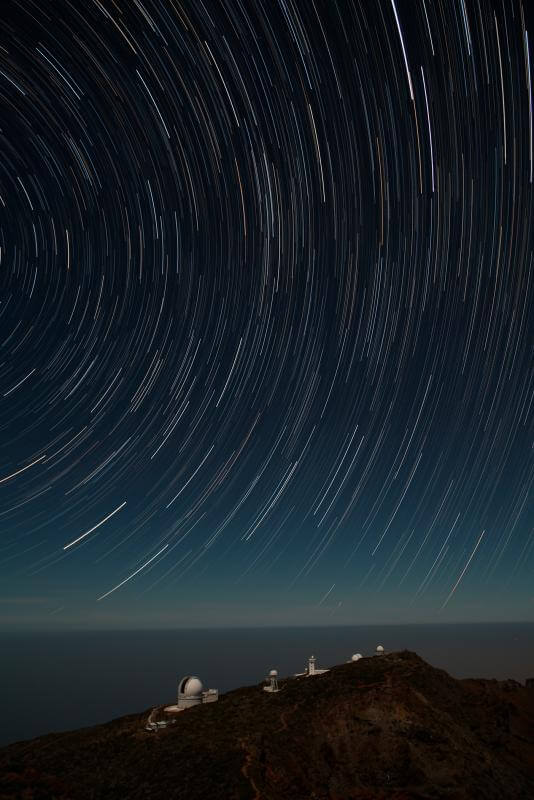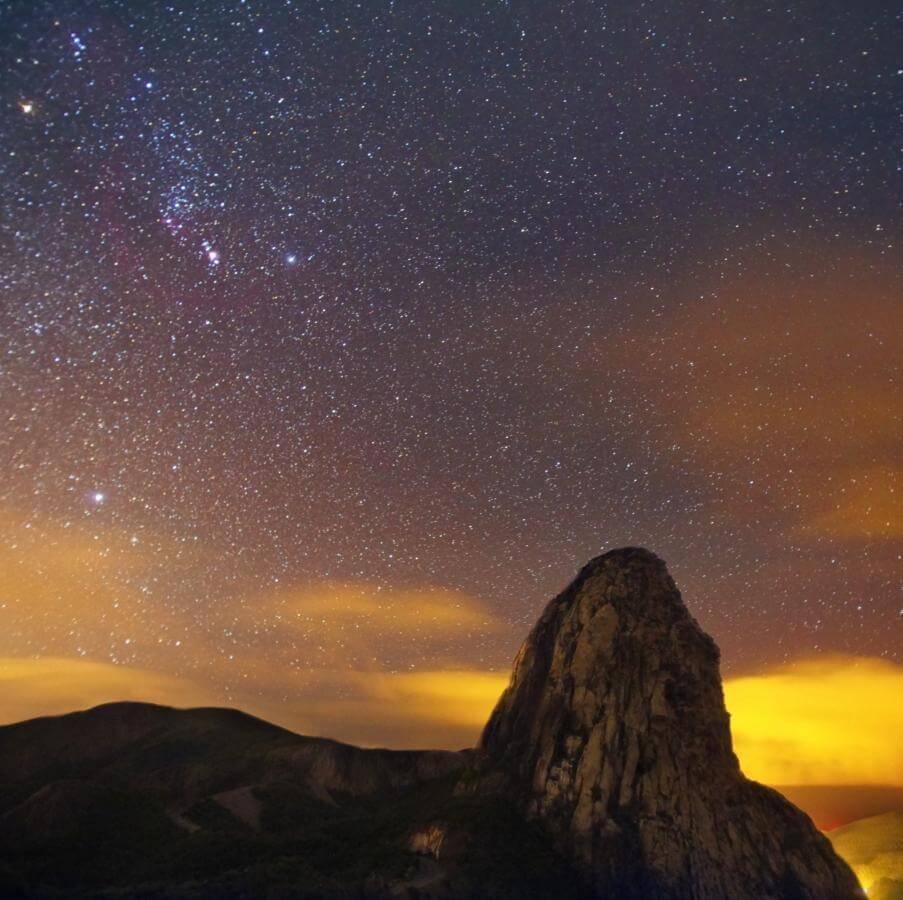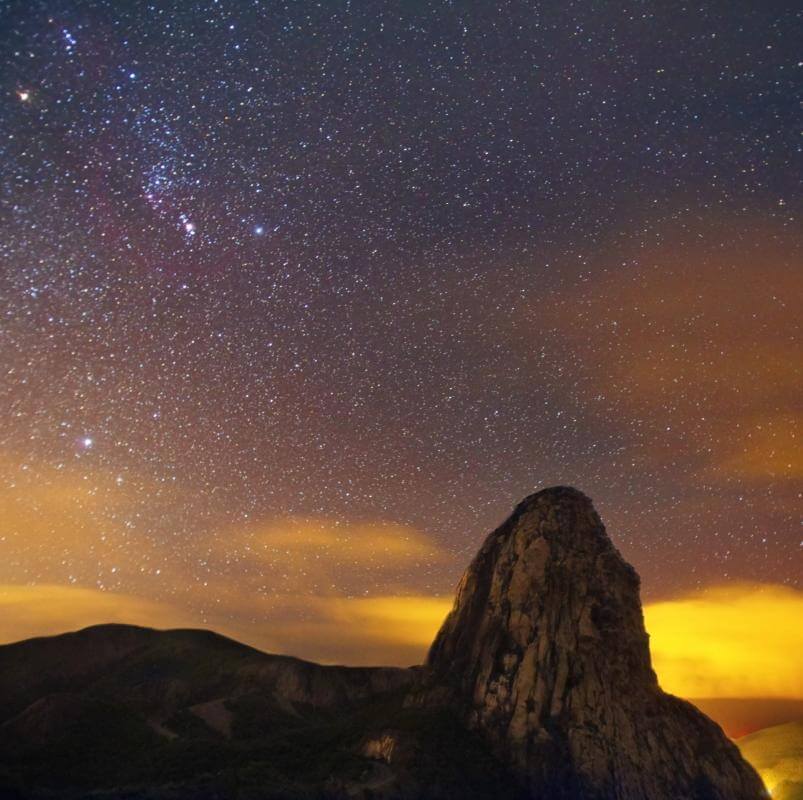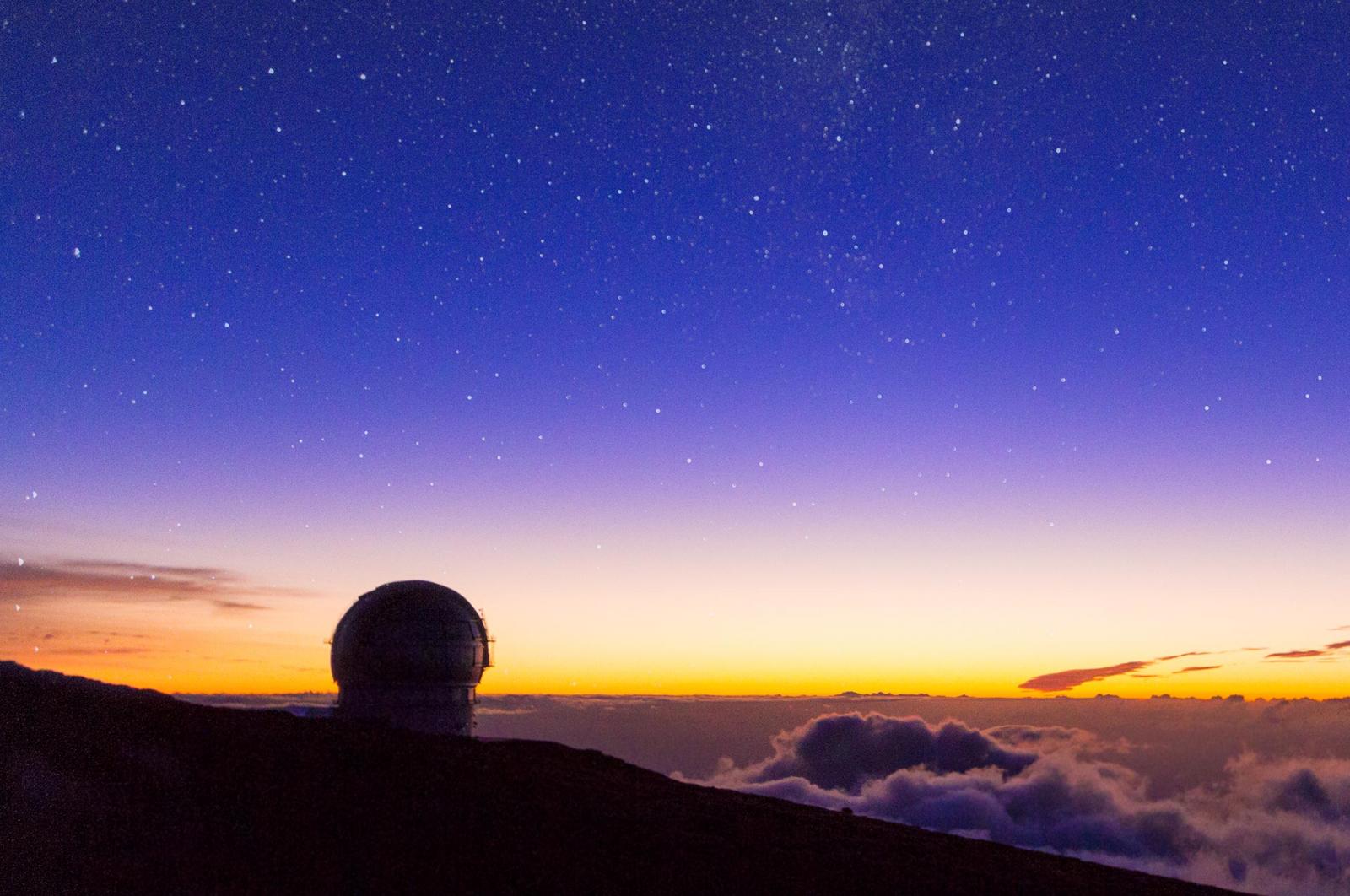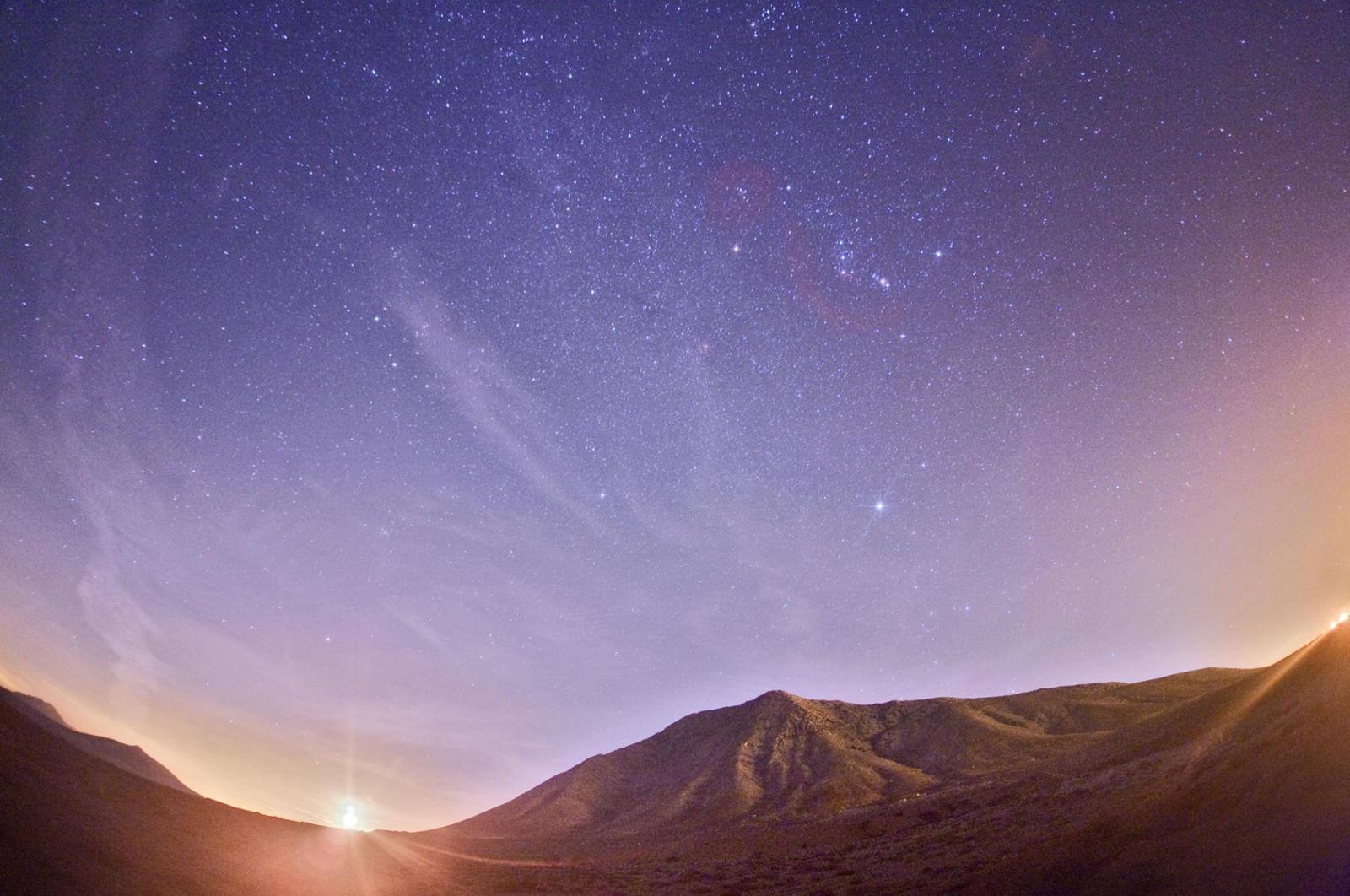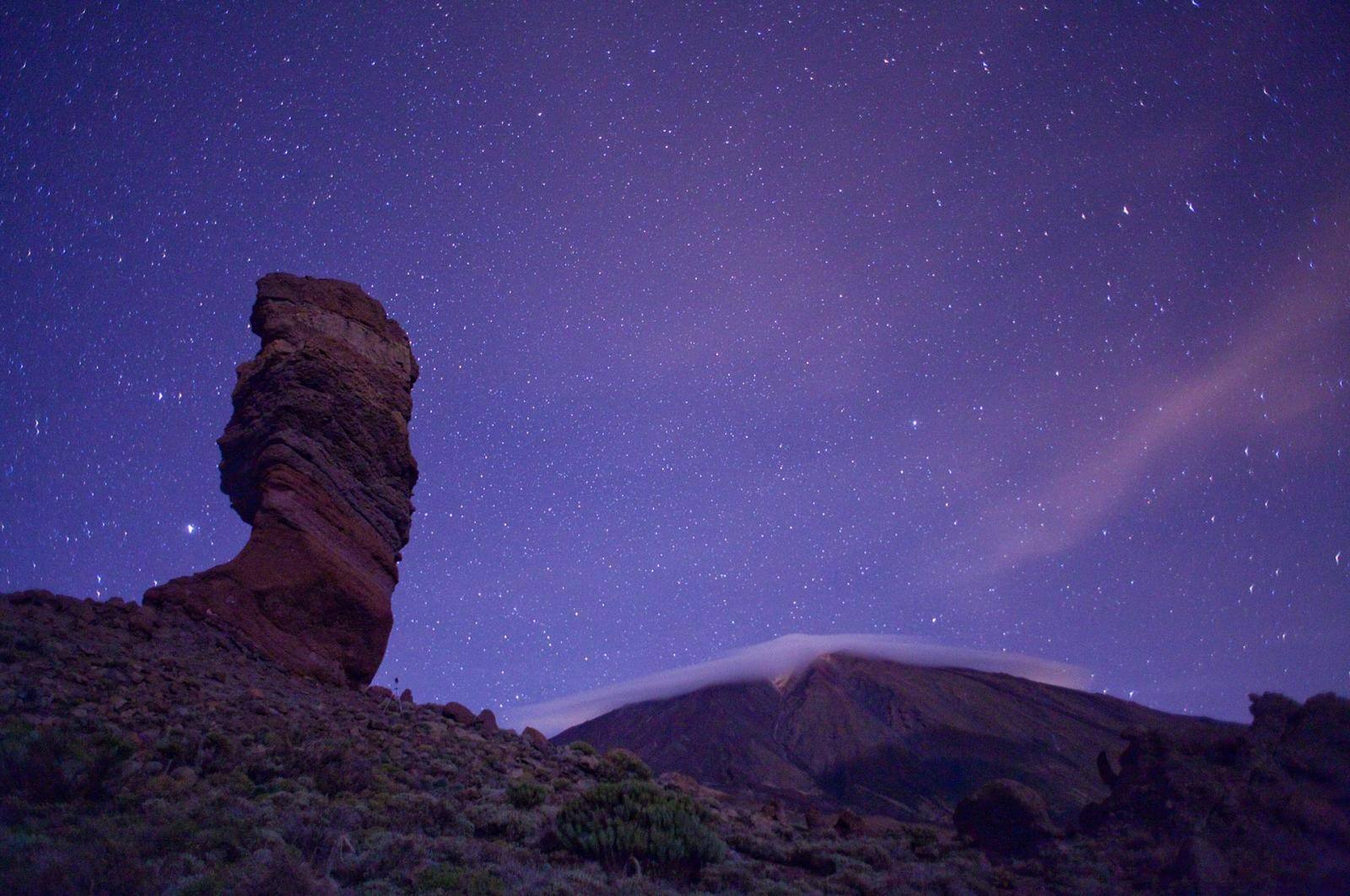Astronomic tourism is growing more and more popular and the Canary Islands are the perfect place to view the stars all year round. Thanks to their fantastic geographic location and the clearness of their protected skies, which are the cleanest in Europe, the stars are just a hand’s reach away.
Protected skies
The trade winds, and the thermal inversion that they generate, stop clouds from forming, making the Canary Islands skies the clearest in Europe. They are protected by what is known as the ‘Sky Law’, the first law in the world to address night-time light pollution. It also deals with radioelectric and atmospheric pollution and regulates air routes so that nothing can get in the way of stargazing.
Inches away from touching the stars
The Canary Islands have world renowned astronomic facilities where cosmic studies and astrophysical experiments have taken place. A true astronomic reserve, some of these facilities are located 2,400 metres above sea level, such as the GREGOR Solar Telescope in Tenerife, the biggest in Europe, or the Roque de los Muchachos Astrophysical Observatory on La Palma, one of the most prestigious in the world. Both centres are open to the public. There are also private enterprises that organise guided nocturnal trails and stargazing sessions at spectacular viewpoints.
Starlight Reserves in the Canary Islands
In the Canary Islands, there are three locations that have been certified as Starlight Reserves: the island of La Palma, Fuerteventura, and the Teide and peaks of Tenerife. This certification is awarded to places that have maintained their natural light influence intact and are therefore perfect for stargazing.
Gran Canaria, Starlight destination
As well as having beautiful skies that are protected from light pollution, Gran Canaria also has a lot of infrastructure and tourist activities aimed at enjoying and protecting this natural resource, which is why it has been declared a UNESCO Starlight Tourist Destination.
Viewpoints in the Canary Islands
La Palma
Located in the west of the island, the San Borondón Viewpoint offers clear views of the North Star and the Cassiopeia and Cepheus constellations.
Lanzarote and La Graciosa
On summer nights, when the moon isn’t visible, you can see the teapot-shaped Sagittarius and the reddish Scorpius constellations from the Peñas del Chache Viewpoint.
Fuerteventura
From the Morro Velosa Viewpoint near Betancuria, you can clearly make out Cassiopeia’s ‘W’ shape and the Ursa Minor, with the North Star marking the north.
Gran Canaria
At Llanos de Garañón, which is 1,700 metres above sea level, you can see Gemini, Auriga, Taurus and Orion perfectly. They are especially beautiful in spring.
La Gomera
At 1,487 metres above sea level, El Alto de Garajonay, the highest point on the island, is a natural viewpoint that is perfect for seeing constellations such as Orion, Gemini, Sagittarius, Scorpius and the Ursa Minor, thanks to the island’s scarce light pollution.
El Hierro
Until 1885, the prime meridian passed through Cape Orchilla, where the Orchilla Lighthouse was built. A perfect place from which to clearly distinguish the Taurus constellation.
Tenerife
The El Palmar Viewpoint, in the town of Buenavista, located in the north of the island, is an excellent location for seeing Orion and his hunting dogs, Canis Major and Canis Minor, especially at the end of the year.
